As most cat owners already know, even though cats are carnivores, your irresistible furry friend sometimes decides to snack on a houseplant, especially when you are not watching it or not in the house! But, nibbling and chewing houseplants are not about spoiling the look of your precious greenery but about the danger of a cat biting one of the plants that are harmless to humans but dangerously toxic to cats or dogs. Let’s discuss 11 easy cat safe plants that you can put in your homes.
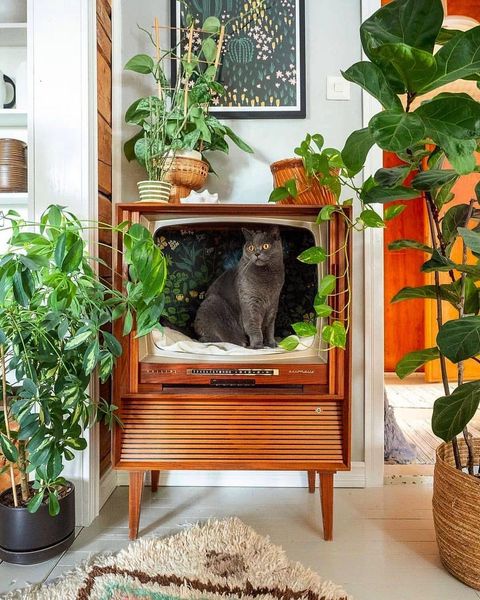
Unfortunately, many popular houseplants whose beauty we admire are potentially dangerous to pets and can lead to serious health problems if they reach their digestive tract.
Therefore, as responsible pet owners, fill your home with non-toxic indoor plants that are safe for your four-legged furry friend, even if it bites or swallows one of the leaves!
11 Easy Cat Safe Plants
To make your choice easier, below we bring you a list of 13 cat-safe plants that are non-toxic and you can easily find, are easy to grow, and yet will enrich your home with greenery.
1. Christmas Cactus (Epiphyllum Truncatum)
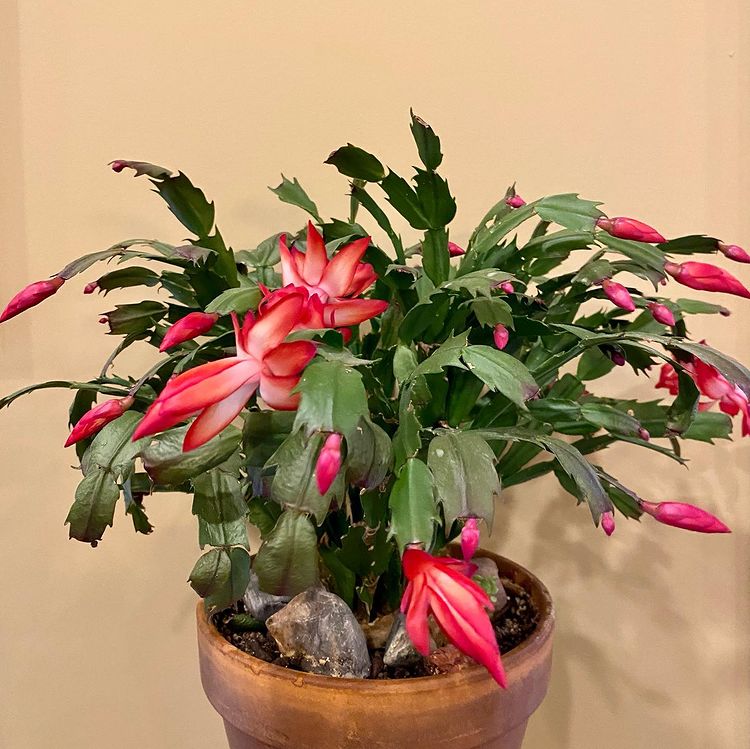
The Christmas cactus got its name because it blooms in late autumn and winter. It belongs to the group of so-called segmented cacti that originate from South America.
The stem of the Christmas cactus consists of several flat and serrated pieces or segments that grow fast. New leaves and buds emerge from the old ones, the last row.
The spreading, bright green branches of the Christmas cactus can grow up to two feet, and since they do not grow upright but descend, this plant is ideal for growing in hanging jars.
Each of the flowers can reach a size of up to two inches. Usually, the flowers are pink, red, or purple, but many varieties bloom in other colors and shades.
The Christmas cactus plant easily adapts to indoor conditions and, most importantly, is harmless to cats or dogs.
2. Air Plants (Tillandsia)
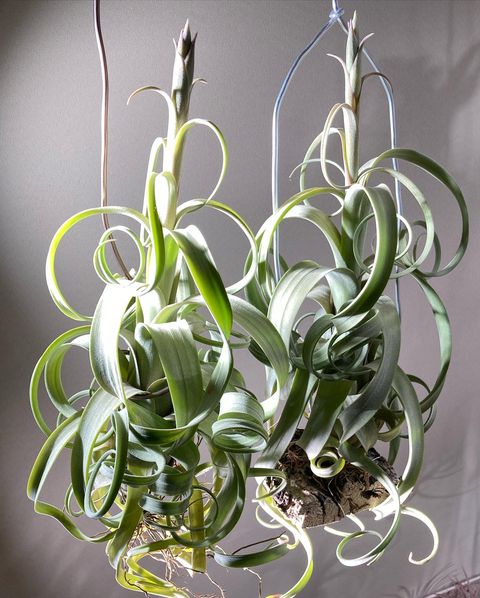
Unique in the plant kingdom, air plants or Tillandsia are beauties that are hard to resist but easy to grow. This genus from the family Bromeliaceae includes about 650 epiphytic species that grow on other plants and do not need soil!
Namely, Tillandsia grows attached to other plants, stones, or objects. It has a root, but it does not serve to take nutrients from the ground but only to attach to the host. Everything it needs Tillandsia gets through its leaves, covered by trichomes (hairs).
The air plants need bright indirect sun, and they love humidity. Yet, of course, you will not water them but mist the leaves every day to provide more humidity in the room with dry air.
Curious as they are, cats will show interest in these unusual plants, especially if they hang on wire constructions. Yet, since Tillandsia is safe for cats, even if they bite their leaves a few times, it will not harm cats or plants, provided they do not damage it too much!
3. Rattlesnake Plant (Goeppertia Insignis)
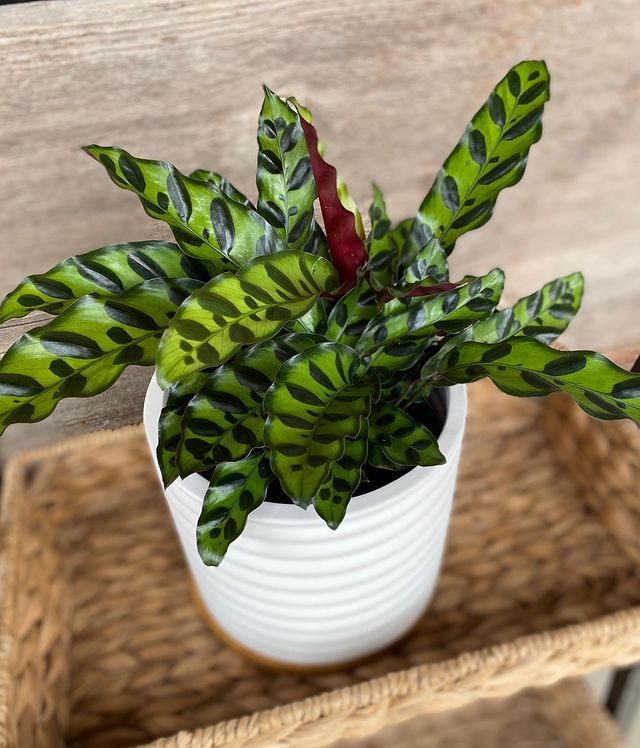
The Rattlesnake plant, previously known as Calathea lancifolia, belongs to the large family of Marantaceae, which are plants from tropical climates also known as Prayer plants due to the folding of leaves in the evening and their reopening with the first rays of the morning sun.
The Rattlesnake plant is a leafy perennial native to the Brazilian rainforest that grows up to 30 inches in height and the same width. Like other plants in this family, the Rattlesnake prayer plant is safe for cats and dogs since it is not toxic.
Its spectacular, elongated leaves with a wavy edge have a striking pattern of the dark markings on the light green leaf blade. When the leaves are folded in the evening, they show their purplish-red back.
To grow this plant, you need to provide high humidity, a uniform temperature of 60 to 75 F throughout the year and indirect sunlight.
RELATED: How To Propagate A Snake Plant: What You Need To Know
4. Blue Echeveria (Echeveria Secunda)
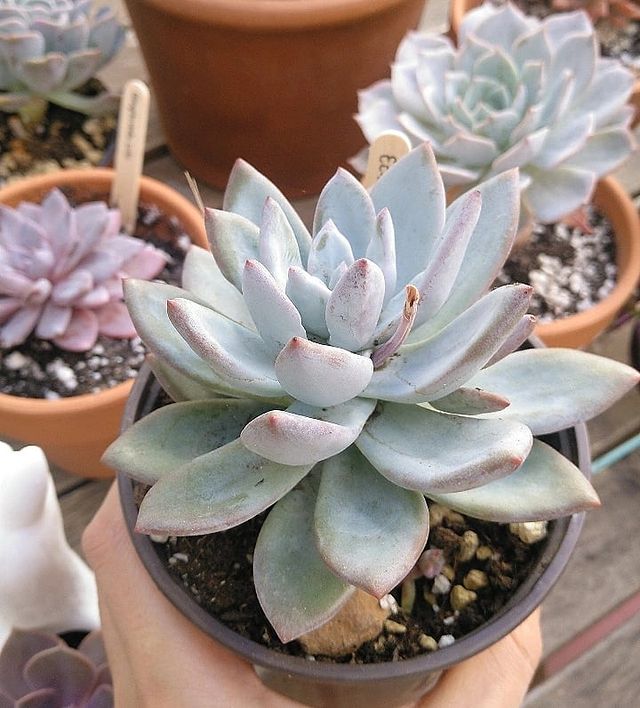
Blue echeveria is a succulent native to semi-desert regions of Central America, Mexico and northwestern South America. It belongs to the Crassulaceae family along with 150 other species of Echeverria.
Blue echeveria has thickened, fleshy, silver-gray leaves that grow naturally in the formation of a rose flower, which is why it is called a Stone rose.
They bloom with beautiful flowers on long stalks, but their beauty is independent of the flowers. Blue echeverias are polycarpous, meaning they bloom and give seed multiple times throughout their lives, and they do not die after flowering.
The Echeveria plants are non-toxic, pet-safe, low maintenance, drought-tolerant indoor plants. They are suitable for the new plant growers because they tolerate different growing conditions but are sensitive to excessive watering and low temperatures.
Yet, they are best exposed to direct sunlight and planted in fast-draining soil such as ready-made succulent mix and grow well in the west or south windowsill where they are likely to bloom.
5. Chinese Money Tree (Pilea Peperomioides)
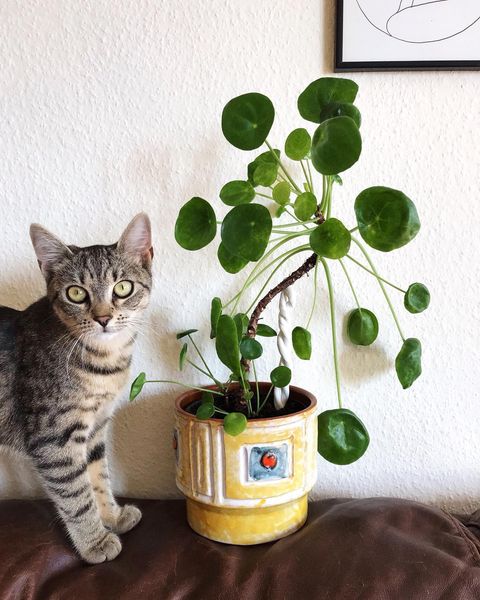
According to ancient beliefs, Pilea peperomioides or Chinese money plant, an evergreen plant native to southern China, can bring good fortune and financial well-being.
This hardy plant is also called the Missionary plant since Norwegian missionaries brought the plant from China in the 1940s, and it quickly became popular in Scandinavian countries and Europe.
The Chinese money plant has numerous green, round leaves growing on woody oblong branches up to 10 inches long. A prominent white spot appears where the leaf joins the stem. The flowers are small and inconspicuous, clustered in groups and grow on long reddish petals.
Although the plant might look delicate, it is very resistant and easy to care for and, of course, it is a cat-safe plant because neither the leaves nor the stems contain toxic substances that can endanger your furry friend’s health.
The Chinese money tree is a type of “semi-succulent,” meaning you do not need to water it frequently. Therefore, it is best to leave the soil to dry completely before watering it again.
You could keep it on the south, west or east side to have enough bright indirect sunlight.
6. African Violets (Saintpaulia Ionantha)
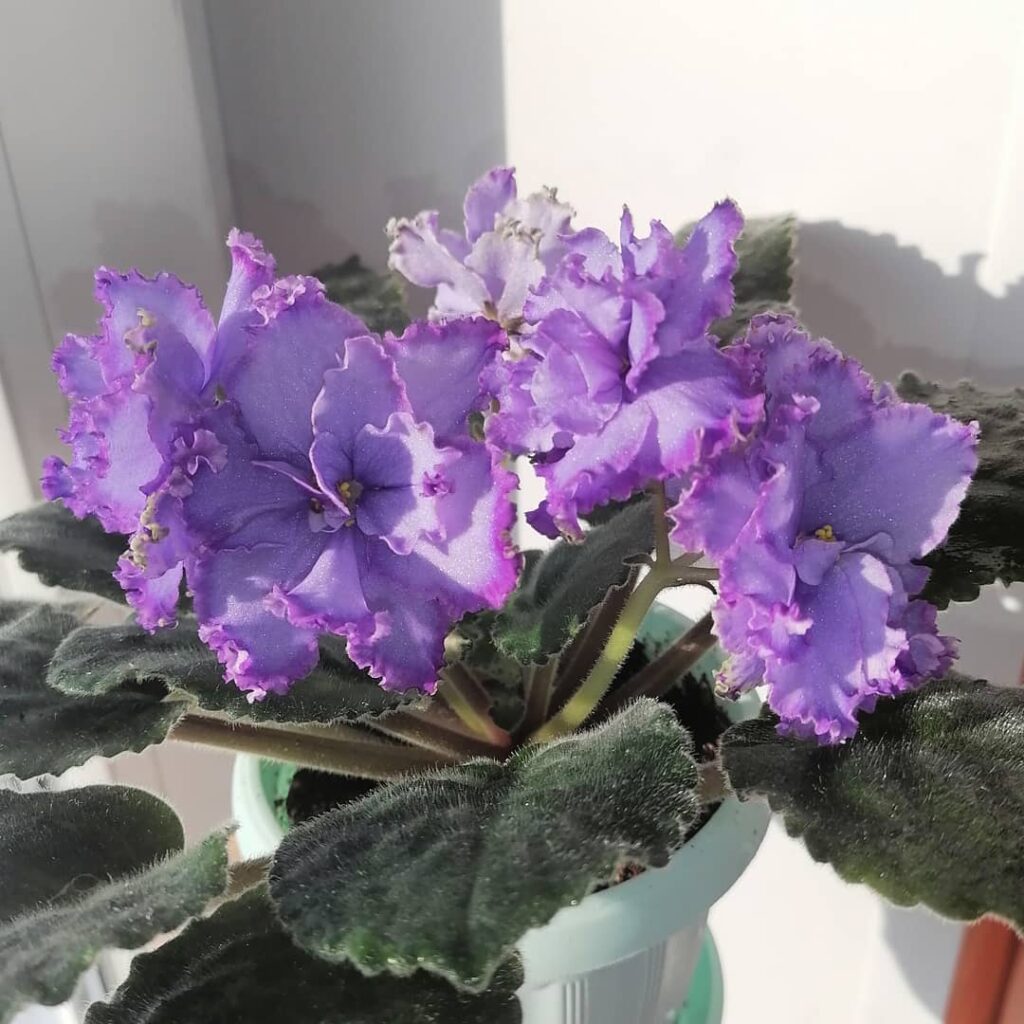
Petite and lovely African violets with round dark green hairy leaves and striking, gentle, silky flowers can turn your window sill into a blooming indoor garden.
They are not demanding to grow, and they bloom several times a year with proper care (humid environment and adequate lighting).
Therefore, keep the soil moist but not wet, and allow at least 8 to 10 hours of bright indirect light to keep it in bloom!
African violets tolerate indirect sunlight, medium light, even low light but bloom less. Their velvety leaves may attract your pet’s attention, but there is no reason to worry because the beautiful African violets belong to the group of cat-safe houseplants.
RELATED: No Shrinking Violets: 18 Different Types Of Violet Plants
7. Polka Dot Plant (Fittonia)
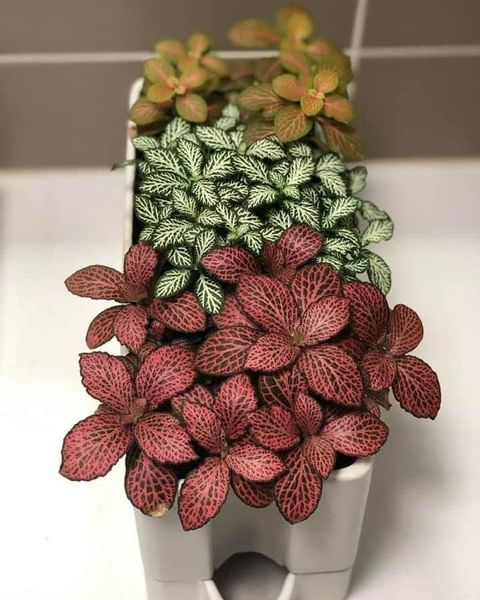
Another little beauty on our list of non-toxic, pet-friendly plants that will attract attention with its unusual leaves is the Nerve plant, often called the Polka dot plant or Fittonia.
These delicate indoor plants came to our homes from Peru, growing in shady tropical forests like ground covers. Their small thin leaves in various colors have a striking network of green or red veins.
The plant grows only three to four inches in height and about ten inches wide. Despite its delicate appearance, this is a hardy and durable plant that grows well in partial shade. Therefore, place it on indirect sunlight or partial light and water it regularly, ensuring the soil is not too wet.
8. Spider Plant (Chlorophytum)
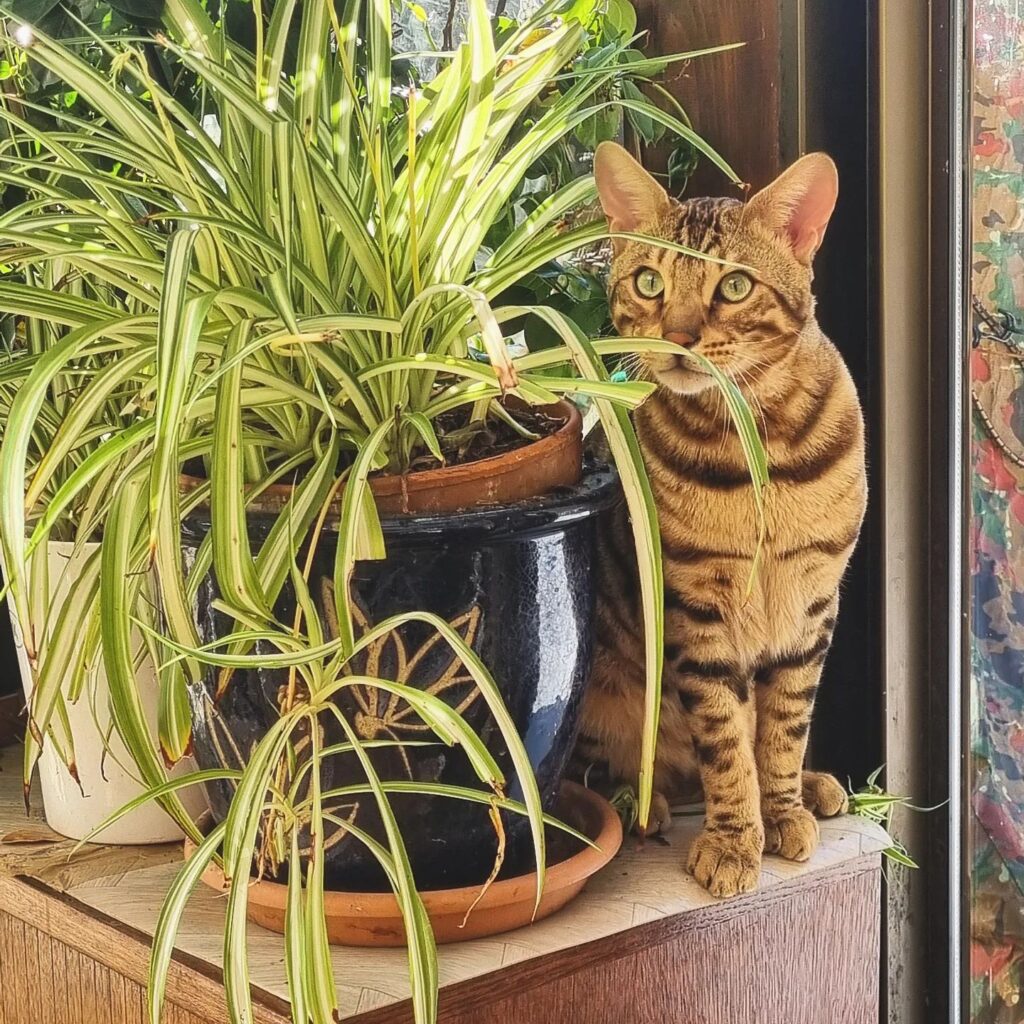
One of the common household plants that adorn many homes worldwide and is harmless to dogs and cats is the lush Spider plant or Chlorophytum.
In addition to their tropical beauty and low maintenance, Spider plants have another advantage: They purify the air and, according to some beliefs, absorb negative energy from their surroundings.
Chlorophytum looks gorgeous in hanging baskets or on flower stands when flowers appear on long archy stalks, followed by tufts of new plants.
Spider plants love slightly dry soil and well-lit places with lots of bright indirect sunlight but can stand too much sun, especially in the hottest part of the day.
9. Ponytail Palm (Beaucarnea Recurvata)
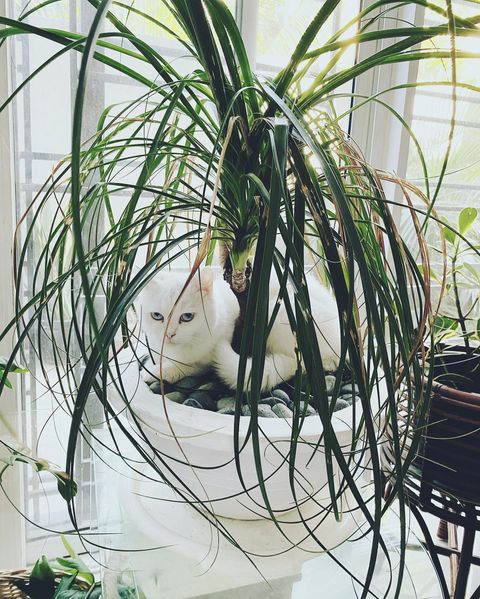
If you are not an experienced plant grower and still want to create a charming exotic atmosphere in your home, choose Ponytail palm!
Ponytail palm is not a palm; it is a decorative succulent of striking appearance despite its common name. Generally, it is one of the easiest houseplants to keep alive and, since it is cat safe, you can keep it in the same room with your cat without fear!
The swollen trunk of the plant stores water, allowing it to go for weeks without watering. The green, long, ribbon-like leaves grow in the ponytail-like cluster at the top of the trunk, suggesting the plant’s name.
Over time, it can grow into a plant of impressive dimensions, but it grows exceptionally slowly with an annual increment of only a few inches.
10. Bamboo Palm (Chamaedorea Seifrizii)
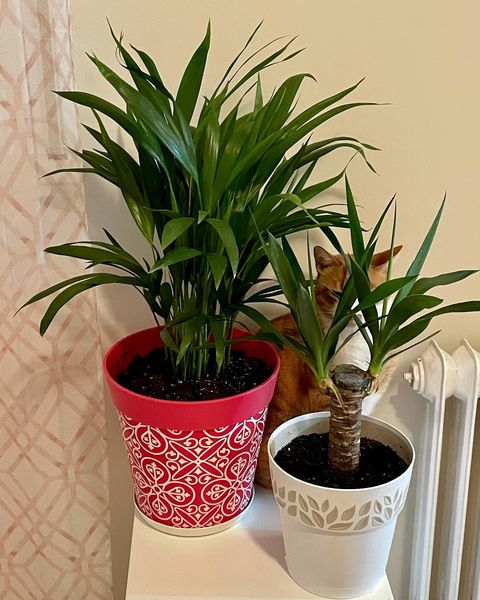
No other houseplant brings such an instant tropical vibe to your home as potted Bamboo palm or its close relative, somewhat smaller Parlor palm (Chamaedorea elegans).
Both plants have feathery, dark green leaves and erect growth, but Bamboo palm leaves are more extended and oval and have more arching habits.
Another difference is that the Bamboo palm or Areca palm needs much more space as it is a large plant, and some specimens outdoors grow over 20 feet tall.
Parlor palms are equally tropically enchanting but remain sizable for years, and even mature plants rarely exceed a height of eight feet.
But regardless of their differences and similarities, what they have in common is that they are not dangerous to cats and dogs.
Ferns
Elegant indoor ferns are also plants that are safe for cats and dogs. You can choose from many species and cultivars, but with a few exceptions, all ferns grow in similar conditions: they love moist soil but let the soil dry before the next watering. They do not tolerate too much sun, preferring indirect light, medium light or bright shades, and some of them can thrive in low light conditions.
Here are a few of our suggestions:
11. Boston Fern (Nephrolepis Exalata)

Boston fern is an almost classic species that has been cultivated since the Victorian era. It has long, fresh green lace fronds that grow densely directly from the ground, so the whole plant has a filigree appearance. It needs indirect sunlight or, in other words, the position out of bright light.
12. Staghorn Fern (Platycerium)
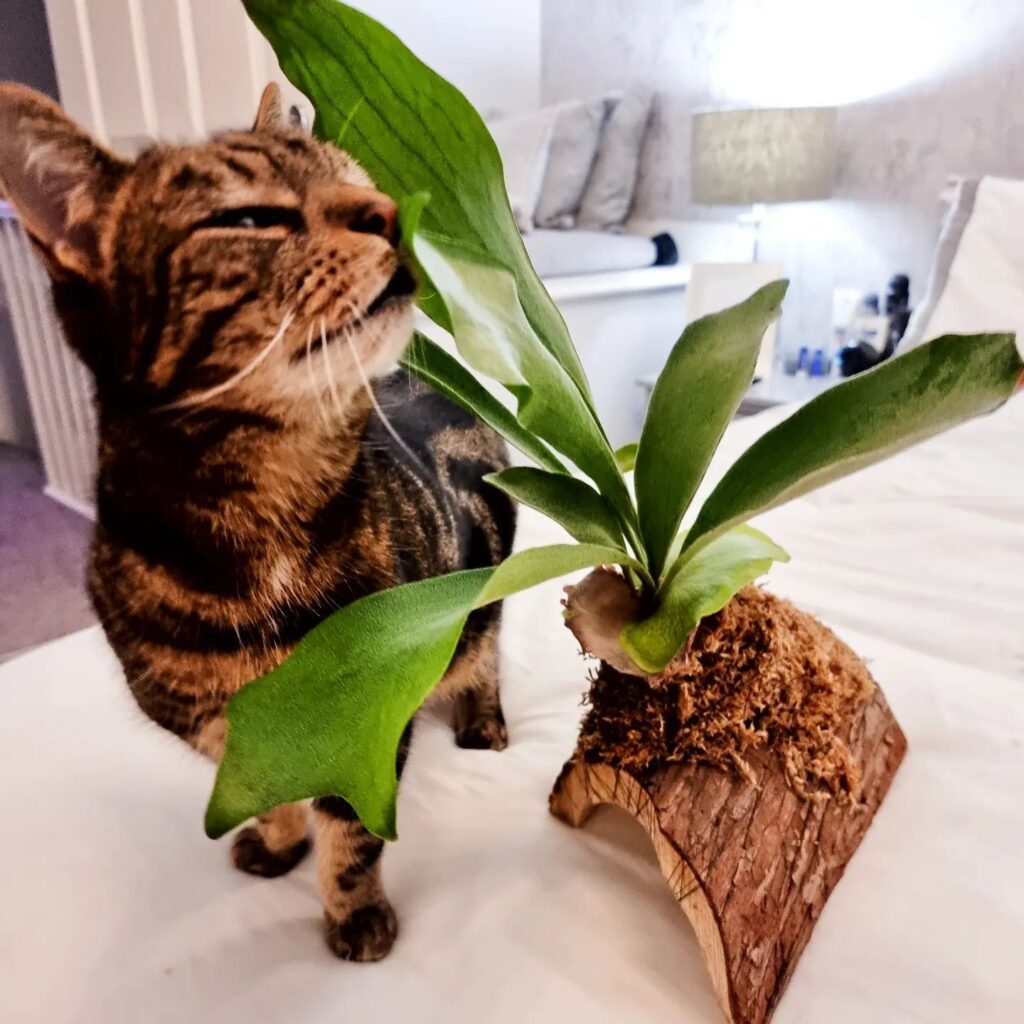
Staghorn fern (Platycerium) is an unusual epiphytic species, once a rare collector’s plant. They have two types of leaves: small flat ones covering the root and large atypical unbranched foliar leaves that can grow up to five feet tall!
You can grow them in pots with soil or hang baskets in warm, shady places with increased humidity. It is more tolerant of direct sunlight than other ferns but still prefers medium light.
RELATED: Decorate Your Home and Garden With Amazing 23 Types of Fern Species
13. Bird’s Nest Fern (Asplenium Nidus)
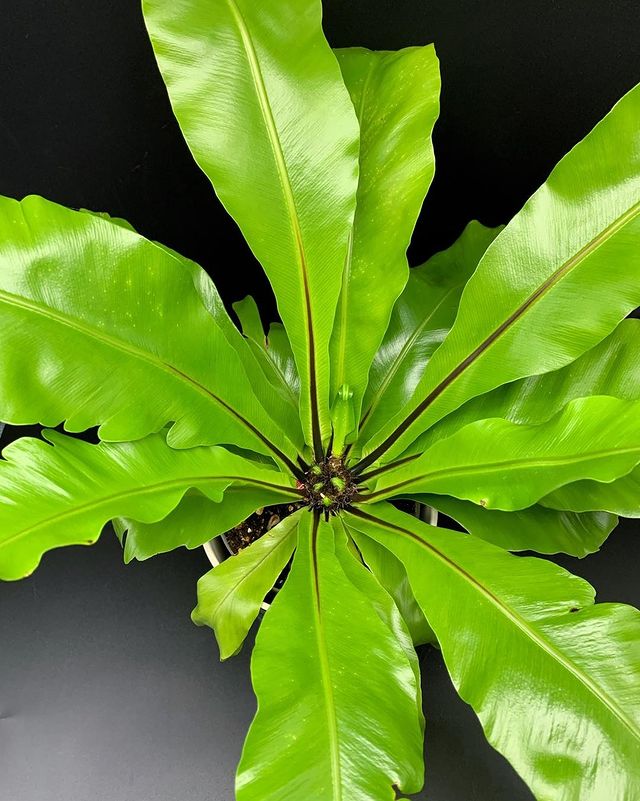
Bird’s nest ferns are also epiphytes from the rainforests of Asia and Africa. They have long, entire fronds with a wavy edge that form a rich leaf rosette. They grow slowly and reach a maximum of two feet in height. Like other ferns, it loves humidity in the soil and air and thrives well in a bathroom or a terrarium.
Frequently Asked Questions
Q: What other plants are safe for cats and dogs?
A: In addition to the species we have mentioned here, the low maintenance plants that will not harm your pets are Cast iron plant, American rubber plant, Baby tears plant, Chain of hearts plant and many others.
Q: Which indoor plants are most toxic to cats and dogs?
A: In general, all plants of the Araceae family such as Monstera, Ficus, Dieffenbachia, Philodendron, Anthurium and many others
Q: What flowering plants are safe for cats?
A: Moth orchid, Hibiscus, Abutilon, mini roses, Gloxinia, impatiens.
Q; Are snake plants toxic to cats?
A: Yes, snake plants contain saponins, chemical compounds that cause vomiting and diarrhea if a cat eats or chews a leaf.
Now that you know the best easy cat safe plants, read our other plant care tips:
What are the Effective Ways to Fix Nitrogen Toxicity in Houseplants?
Importance of Soil pH and Nutrient Availability for Plant Health







